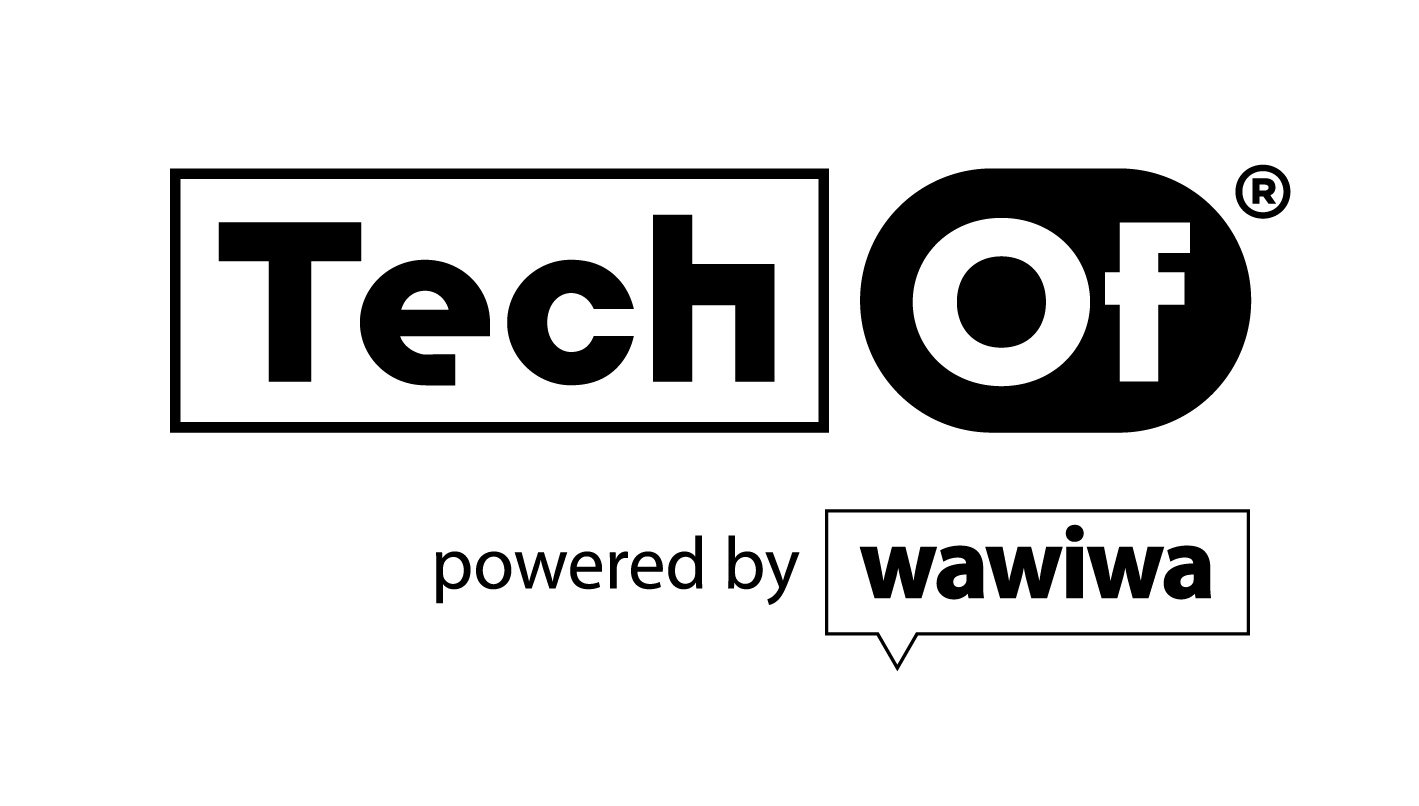Tech Talk Terminology: Skills Gap vs. Skills Shortage

- October 19, 2020
The Covid-19 pandemic has turned the world of adult learning upside down. Its impact on the economy has everybody talking about reskilling to technology and digital jobs. Exciting terms and buzzwords are thrown around left and right. The thing is that sometimes, in the rush to get in on the conversation, these words get confused and are used incorrectly, causing inclarity in the discussion.
Tech Skills Gap or Tech Skills Shortage?
Take for example terminology such as the ‘tech skills gap’ and the ‘tech skills shortage’. Both of these terms describe two similar — yet distinct — challenges that the global industry currently faces. Unfortunately, many people mistakenly use them interchangeably. Let’s get these terms straight.
The tech skills shortage describes a pressing manpower issue faced by the entire tech industry. It is used to describe the global shortage in qualified personnel for tech positions. This shortage is felt in nearly every profession in the tech world.
According to a recent CIO survey conducted by KPMG, the technology skills shortage is currently greater than it’s been since 2008. The lack of specific skills in areas deemed critical to future growth, like data analysts, AI experts, and cybersecurity specialists, is especially acute. According to recent reports, the global shortage in cybersecurity specialists surpassed 4 million last year, up from 2.93 million a short year before. The tech skills shortage is constantly increasing — not enough people join the tech labor market every year, while industry demand is constantly growing.
The tech skills gap is an entirely different issue altogether. This terminology describes the difference between individuals’ existing skill set and the skills that the industry needs them to have to perform their job roles effectively. Gaps exist among many fresh graduates whose alma maters didn’t give them the practical skills they need for tech jobs, as well as experienced professionals who didn’t learn the latest programming languages.
For example, veteran IT professionals who have been programming in languages in decline – such as Objective-C or R – might have a significant tech skills gap and need to upskill to program in languages sought by the industry, such as Python or TypeScript. University graduates might also be missing critical soft skills that aren’t part of the computer science curriculum, like agile teamwork and communication, that are also considered part of the skills gap.
Forward-thinking companies that understand the value of retaining their workforce are already tackling this issue. Companies like Infosys, Wipro, and Accenture are investing in reskilling and upskilling their workforce, devoting significant resources to ensure that their employees have the skills that the companies need to succeed. Infosys specifically has increased its reskilling efforts by 150% over last year, focusing on training in the fields of cloud technology, AI, machine learning, data analytics, IoT, user experience and digital networking.
Bridging The Gap, Fixing The Shortage
Upskilling and reskilling are two different pedagogical approaches to solving both the tech skills gap and the tech skills shortage.
Upskilling is focused on upgrading the skill sets of individuals who already have tech skills to those newer tech or soft skills that are in high demand. For example, a mainframe specialist would be trained in cloud computing, or an IT specialist would become a Cyber analyst at an NOC. As the individual already has formidable tech skills, retraining him or her would require less of an effort than training someone with no tech experience. Upskilling also has the added benefit of retaining experienced employees and their knowledge within the organization, instead of hiring new ones, which is a very difficult and costly effort given the skills shortage. Another example might be upskilling a talented software engineer who is about to get promoted to team leader, to learn soft skills like empathy, leadership, and feedback.
As tech upskilling focuses on individuals who are already in the tech domain, it doesn’t really solve the tech skills shortage in a big way. It might decrease some vacancies, but might also create vacancies currently filled by the upskilled professionals leaving their current job.
Reskilling is an entirely different matter. This discipline is all about taking individuals that work in a different, non-technological, domain and giving them the knowledge and skills needed to enter the tech world and land their first tech job. An example for reskilling would be a tour guide who saw the travel industry hurt, and decided to become an entry-level data analyst.
As Covid-19’s disastrous effects on the economy have put entire sectors out of business, reskilling is increasingly considered a high impact method of restarting people’s careers and making a living once again. Each reskilled individual, once employed, reduces the tech skills shortage by one. Governments and enterprises need to launch initiatives that enable the reskilling of millions.

